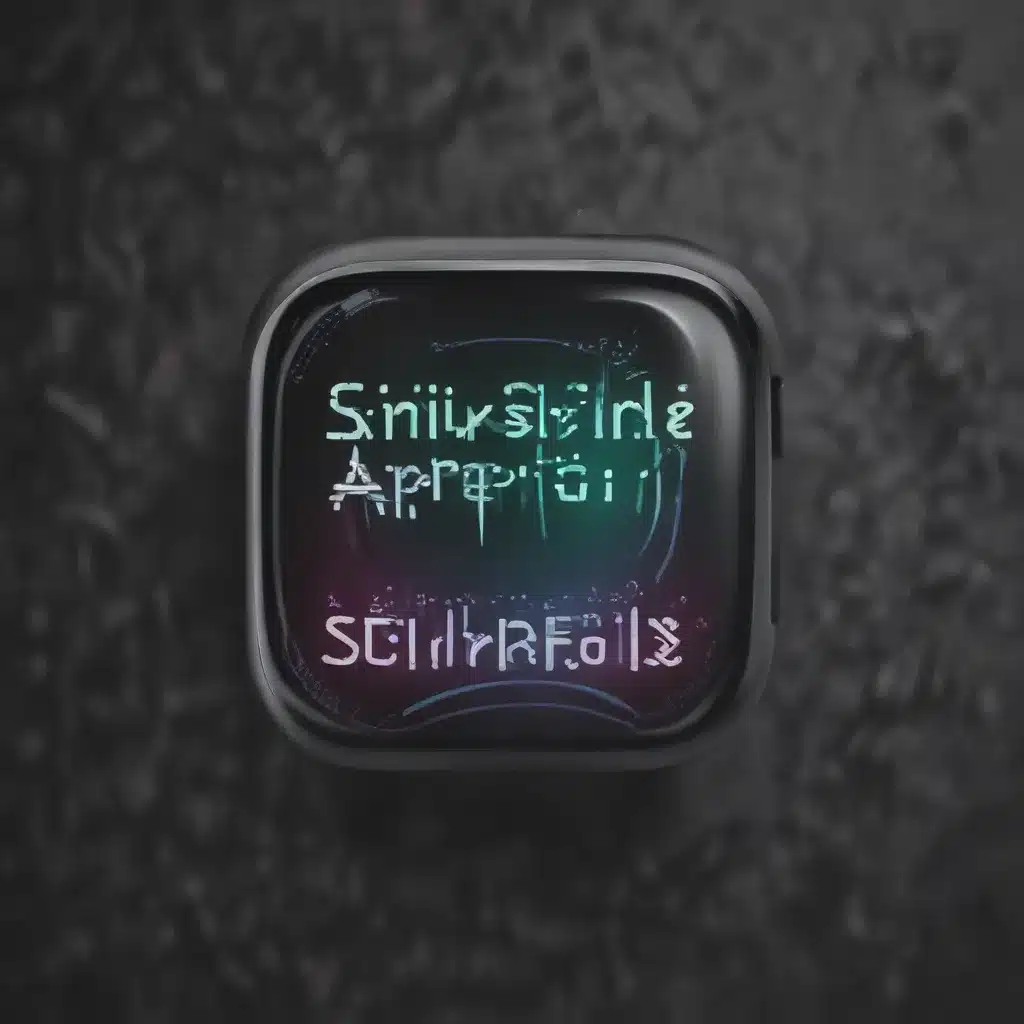
Troubleshoot and Restore Siri’s Functionality on Your iPhone, iPad, or Mac
As a seasoned IT professional, I’ve encountered my fair share of frustrating technology issues, but one that stands out is the problem of an unresponsive Siri on Apple devices. This virtual assistant can be a powerful tool, but when it stops working, it can be a real headache. In this comprehensive guide, we’ll dive into the common causes of Siri not responding and explore practical solutions to get your virtual assistant back up and running.
Understand the Basics of Siri
Siri is Apple’s virtual assistant, designed to help users with a wide range of tasks, from setting reminders and alarms to answering questions and controlling smart home devices. However, like any technology, Siri can sometimes encounter issues that prevent it from functioning correctly.
One of the most common problems users face is Siri not responding or providing delayed responses. This can be particularly frustrating when you’re in a hurry or trying to accomplish a time-sensitive task. Fortunately, there are several steps you can take to troubleshoot and resolve this issue.
Check Siri’s Connectivity and Settings
The first step in troubleshooting an unresponsive Siri is to ensure that your device is properly connected to the internet. Siri relies on a stable internet connection to access the necessary data and services to provide accurate responses. If your device is experiencing connectivity issues, Siri may not be able to function correctly.
To check your device’s internet connection, try opening a web browser or app that requires an internet connection. If you’re experiencing connectivity problems, try troubleshooting your network settings or contacting your internet service provider for assistance.
Next, let’s take a look at Siri’s settings on your device. Go to your device’s settings and navigate to the “Siri & Search” section. Ensure that Siri is enabled and that the “Hey Siri” feature is turned on. Additionally, check that Siri is set to use the appropriate language and voice settings for your preferences.
Restart Your Device and Clear Siri’s Cache
If your device’s connectivity and Siri’s settings are in order, the next step is to try restarting your device. A simple restart can often resolve minor software glitches that may be causing Siri to become unresponsive.
To restart your iPhone or iPad, press and hold the power button until the “Slide to Power Off” slider appears, then slide it to the right. Once the device is powered off, wait a few seconds and then press the power button again to turn it back on.
For Mac users, go to the Apple menu in the top-left corner of your screen and select “Restart.” Once your Mac has restarted, try using Siri again.
In addition to restarting your device, you can also try clearing Siri’s cache. Over time, Siri may accumulate cached data that can interfere with its performance. To clear Siri’s cache, follow these steps:
- On your iPhone or iPad, go to Settings > General > iPhone/iPad Storage.
- Scroll down and find the “Siri” app, then tap on it.
- Tap “Offload App,” and then confirm the action.
- Once the app has been offloaded, tap “Reinstall App” to restore Siri’s functionality.
On a Mac, you can try the following:
- Go to the Apple menu and select “System Preferences.”
- Click on the “Siri” icon.
- Click the “Reset Siri” button to clear Siri’s cache.
After clearing the cache, try using Siri again to see if the issue has been resolved.
Update Your Device’s Software
If the above steps haven’t solved the problem, it’s possible that a software bug or incompatibility is causing Siri to become unresponsive. In such cases, updating your device’s operating system may help.
For iPhone and iPad users, go to Settings > General > Software Update and check for any available updates. If an update is available, download and install it. This may resolve any underlying issues that were causing Siri to malfunction.
Mac users can check for software updates by going to the Apple menu > System Preferences > Software Update. Install any available updates to ensure your device is running the latest version of macOS.
Disable and Re-enable Siri
If the problem persists even after updating your device’s software, you can try disabling and re-enabling Siri. This can sometimes reset the virtual assistant’s settings and resolve any lingering issues.
On your iPhone, iPad, or Mac, go to the “Siri & Search” settings and toggle the “Siri” switch to the off position. Wait a few seconds, then toggle it back on. This will force Siri to re-initialize and may restore its functionality.
Perform a Factory Reset (As a Last Resort)
If none of the previous troubleshooting steps have worked, you may need to resort to a factory reset as a last option. Keep in mind that this will erase all data on your device, so be sure to back up any important information before proceeding.
To perform a factory reset on your iPhone or iPad, go to Settings > General > Reset > Erase All Content and Settings. For Mac users, go to the Apple menu > System Preferences > General > Reset All Settings.
After the reset, you’ll need to set up your device again, but this should effectively resolve any underlying software issues that were causing Siri to become unresponsive.
Conclusion
Dealing with an unresponsive Siri can be a frustrating experience, but with the right troubleshooting steps, you can often restore your virtual assistant’s functionality. By checking your device’s connectivity, adjusting Siri’s settings, clearing the cache, updating your software, and, if necessary, performing a factory reset, you can get Siri back on track and ready to assist you with your daily tasks.
Remember, if you encounter any persistent issues or need further assistance, don’t hesitate to reach out to the IT Fix team for expert advice and support. We’re here to help you solve the mystery of unresponsive Siri and get your Apple device running smoothly.












